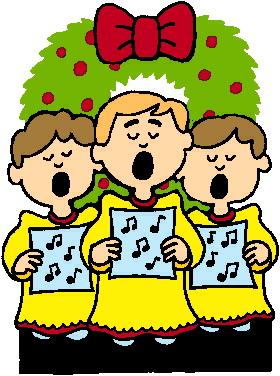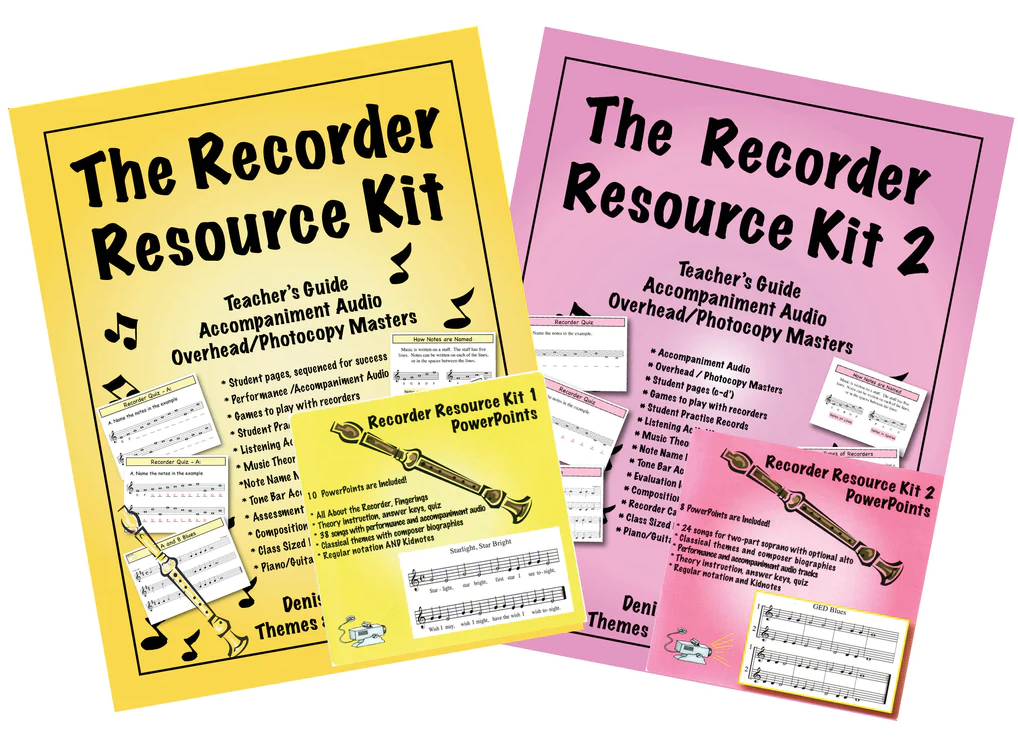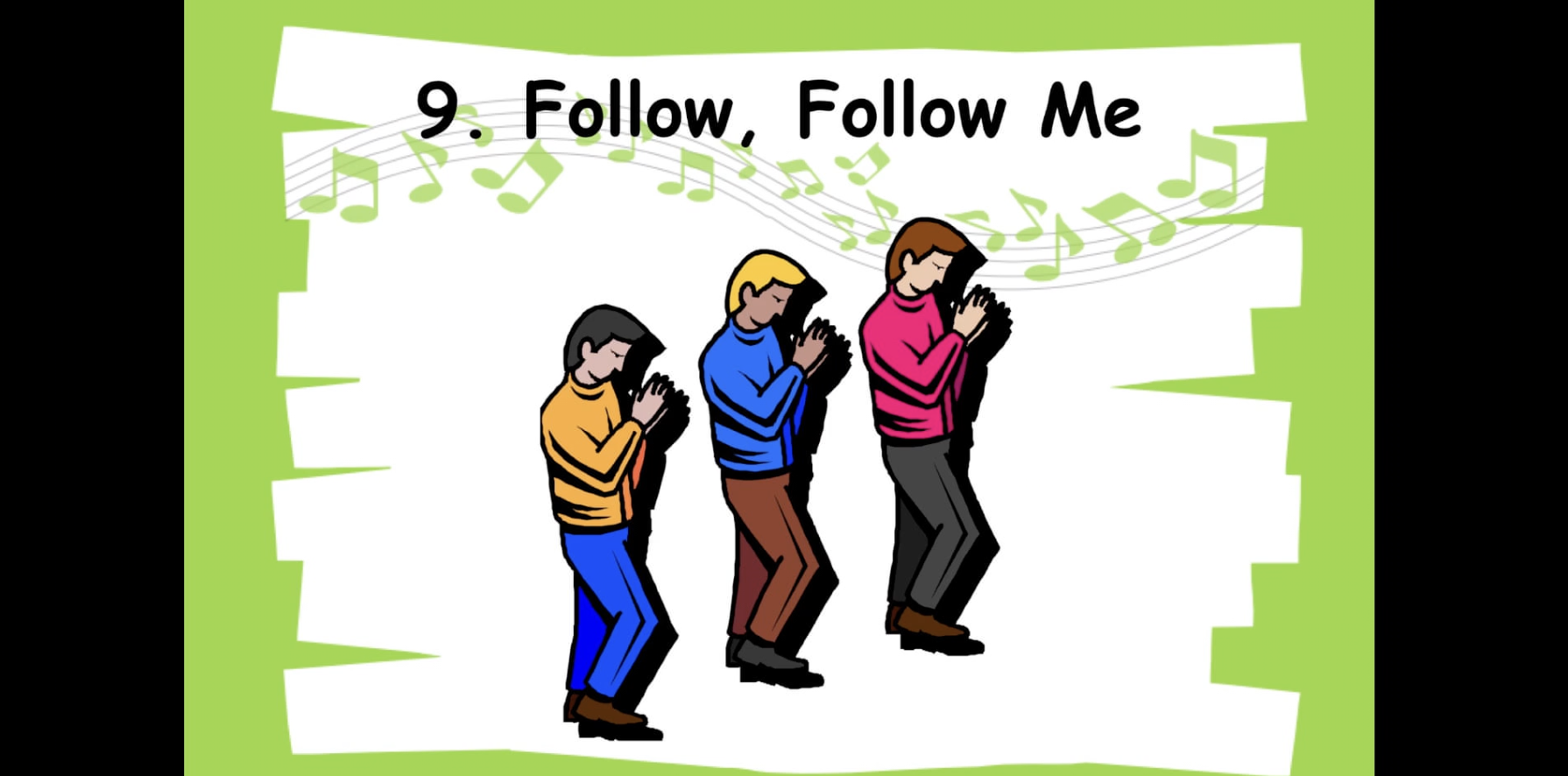Boomwhackers? What do you do with them????
|
|

Fall Rhythms Assessment

I got an email this week: I am looking for some game/ activities I can use for a choir grade 1-6 ( together) that will be interesting and hold the students attention. I am subbing and lesson plans are thin. So I was wondering if you could suggest something. Thank you G

The best fundraiser that I’ve ever done was to make school Christmas CDs. We recorded each class singing one song, compiled it onto a CD and sold it to parents for $15. It was a great gift for grandparents --- many parents bought 3 CDs so they could keep one and give 2 as gifts. I still have parents who tell me that they listen to this CD (and the tapes before them) each Christmas --- and the first one that I recorded was more than 20 years ago. Just this week at a community fundraiser, a parent of a student I taught in the early 1990's told me they'd just come across the CD and how many memories it brought back.

Integration of special needs students into the regular classroom is the norm today. We can have a wide range of abilities and behaviors in every class that we teach. Most districts now require that we include options for differentiation in our lessons.

Movement Activities
by Denise Gagne
Organizational 102
by Martha Stanley

In our Kodaly levels classes, Lois Choksy taught that children may not be able to pitch match either because of production or perception problems. Production problems occur when children get stuck in chest voice or they simply haven't experienced head voice. Perception problems require assessment of whether the child can "hear" the pitches that they are supposed to match. Checking whether or not children can tell if a sound is high or low is one way to assess their perceptive ability.

It's important to give students of all ages the opportunity to create their own music. Even before students know how to read and write musical notation, they can create simple compositions using speech rhythms. In today's newsletter, I'm going to use Song #9, Follow Follow Me, from Musicplay for Kindergarten as the idea for creative activities. In this song, the children make up new movements as they follow the line. It's perfect to use as a "line-up" song at the end of music class, or any time you want students to line up. These visuals come from the Musicplay Digital Resources.
In this newsletter I'd like to give you some ideas for manipulatives for the music room that you could make over the summer break.